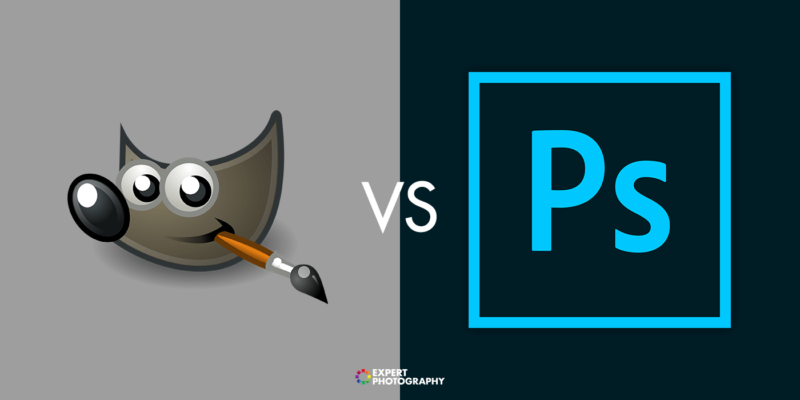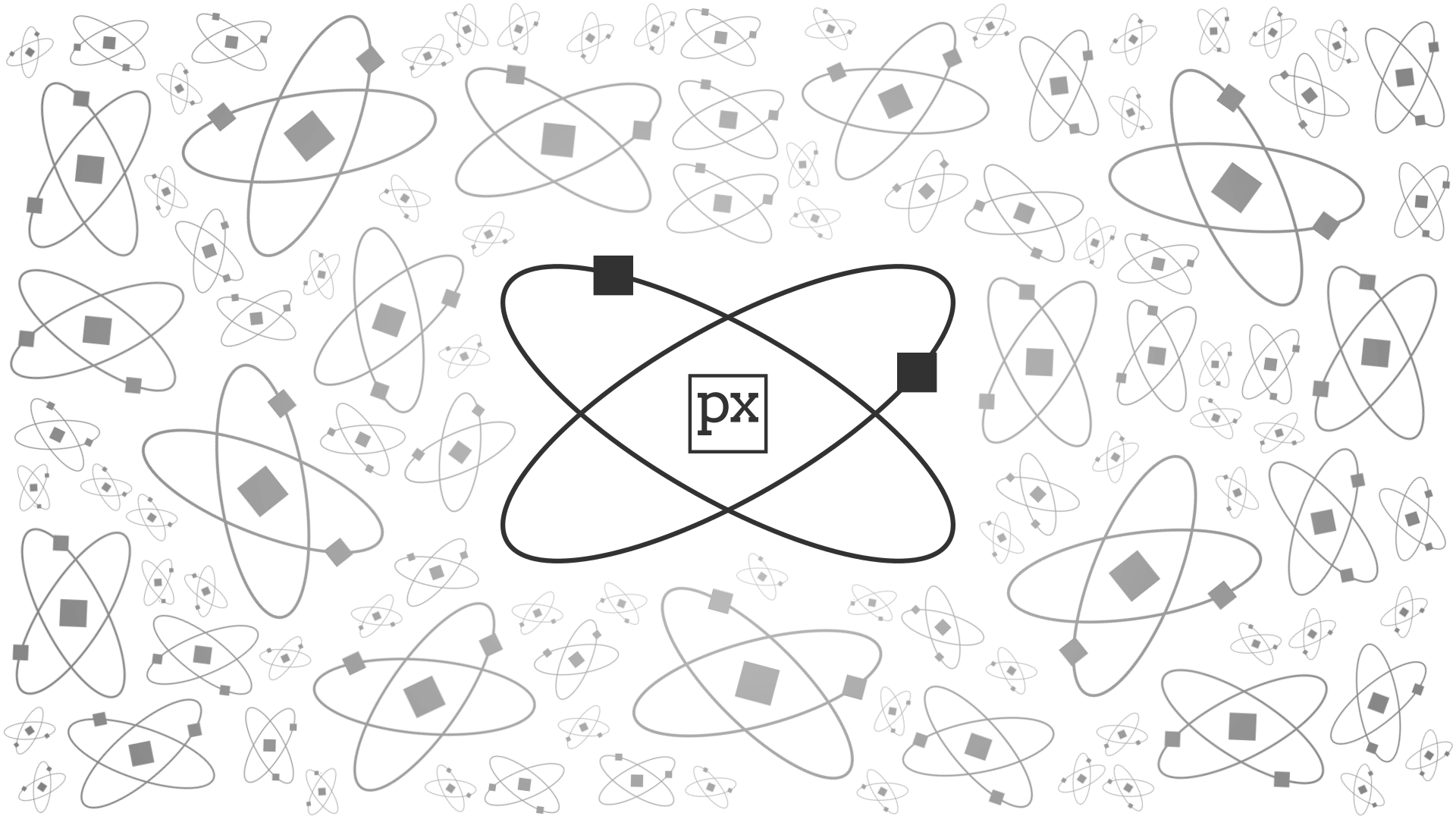Originally posted by skeevy420
View Post
Originally posted by skeevy420
View Post






Comment